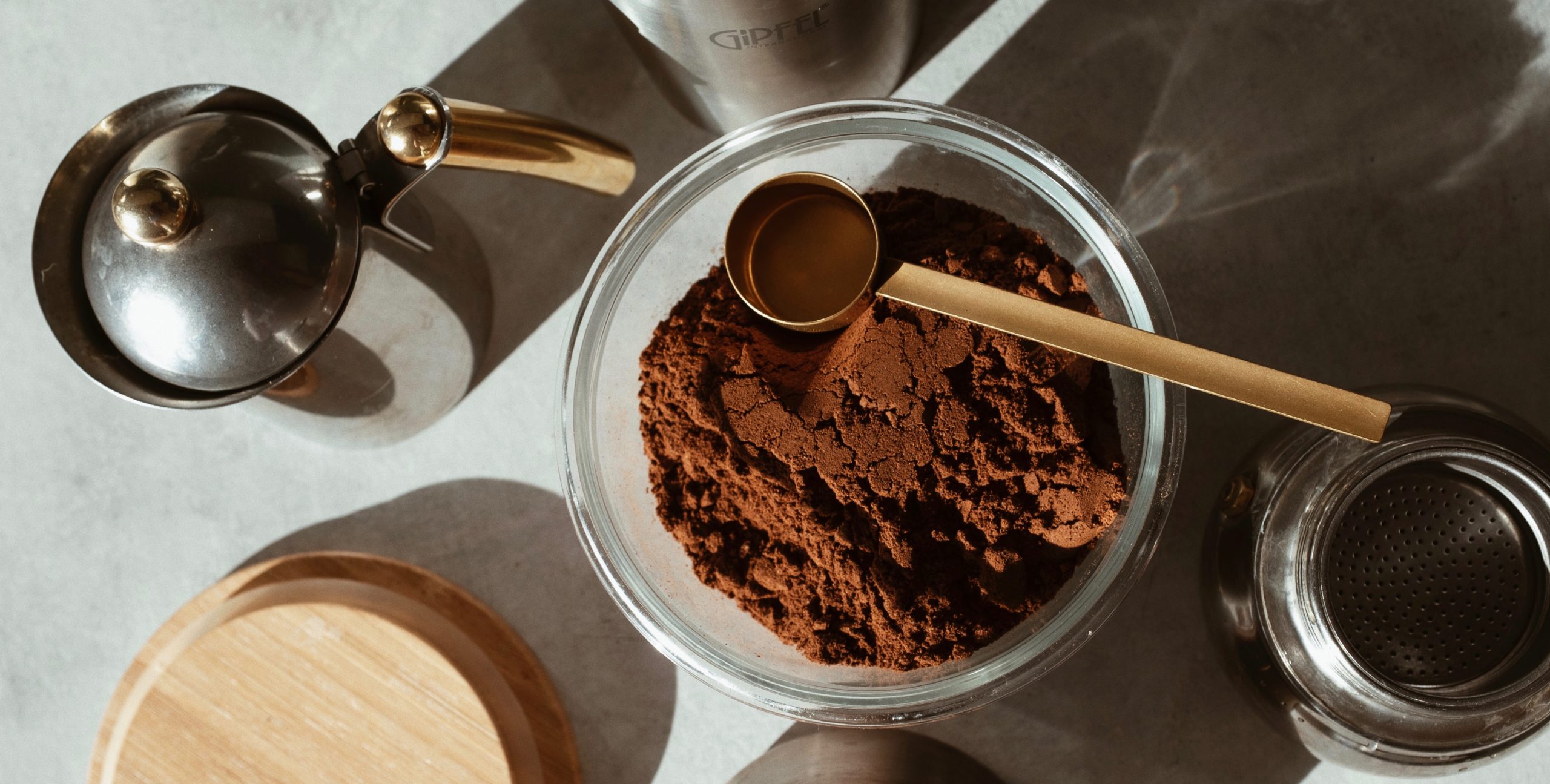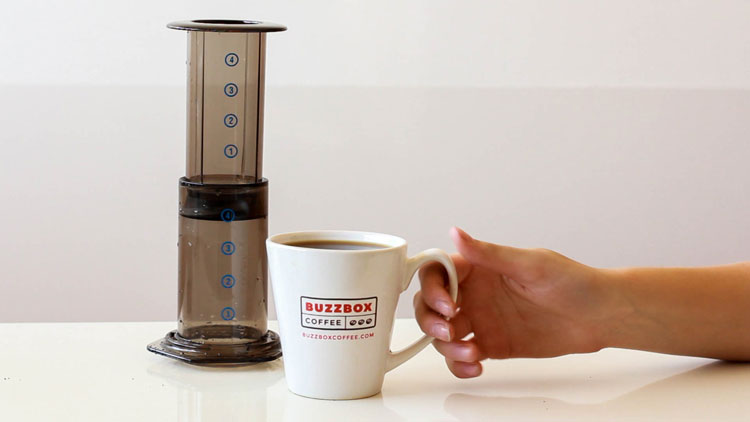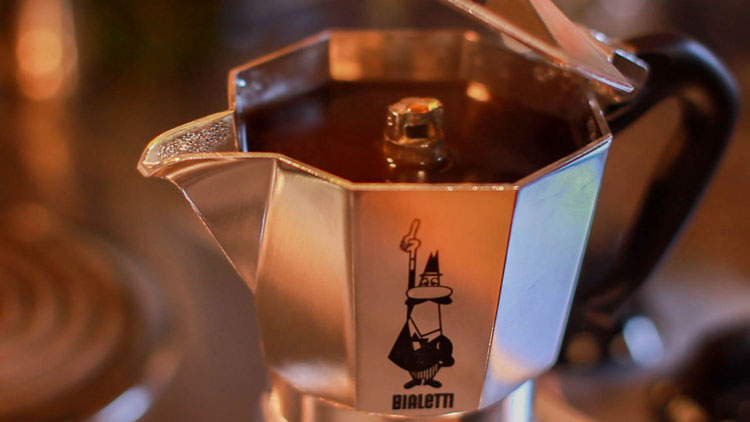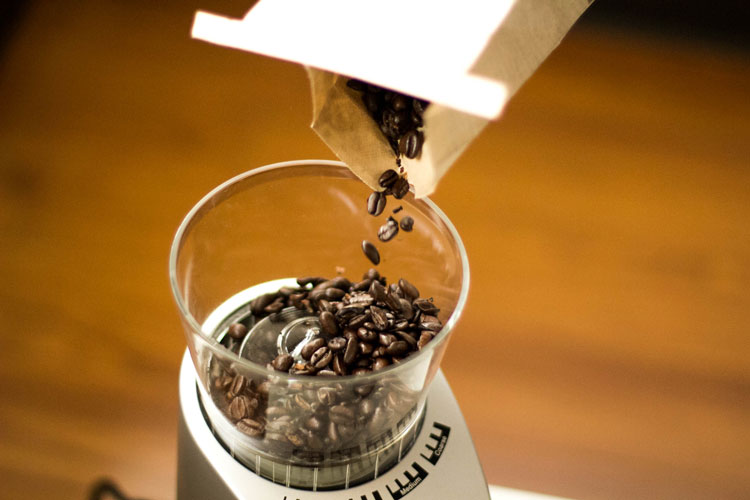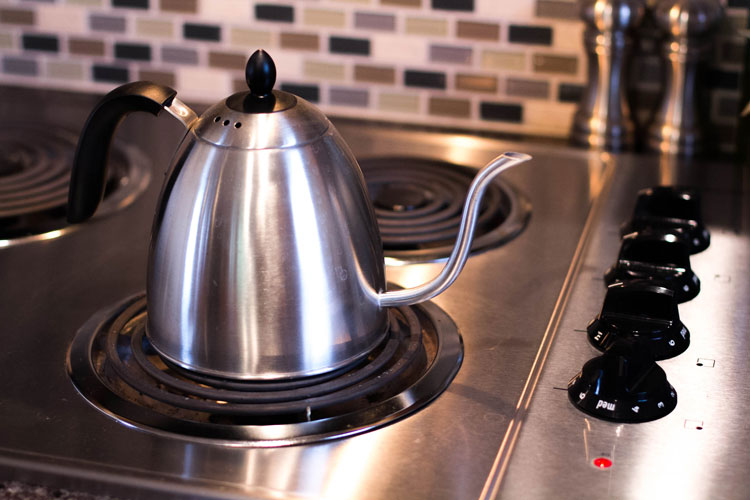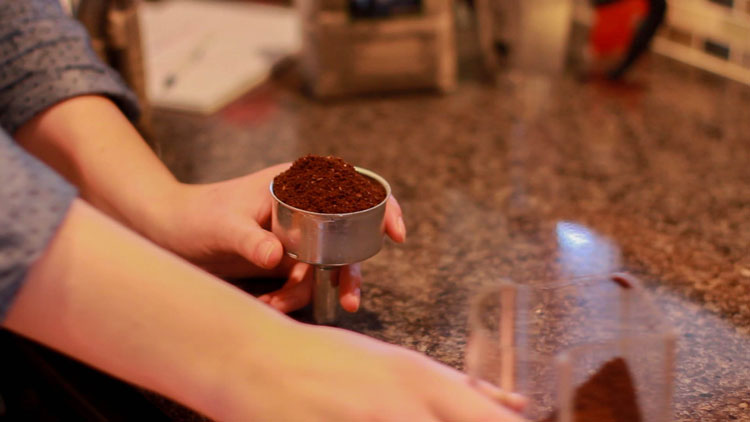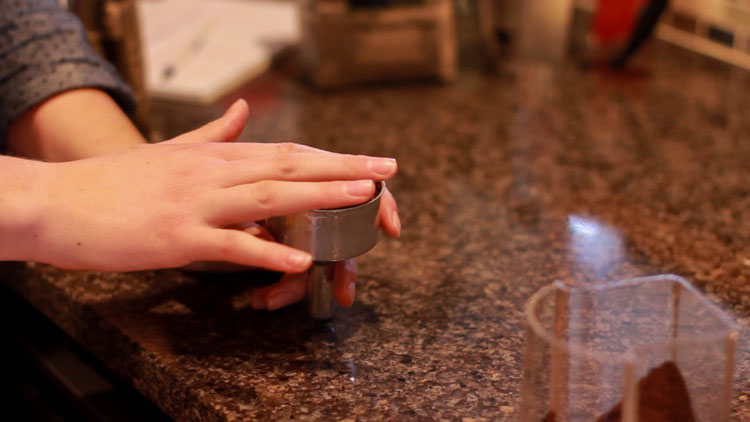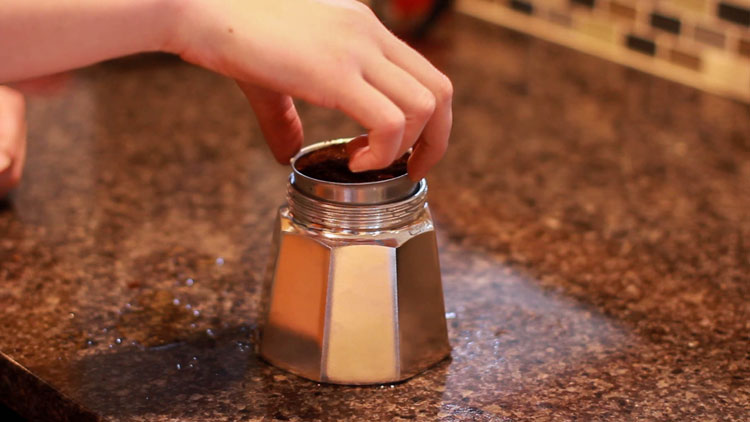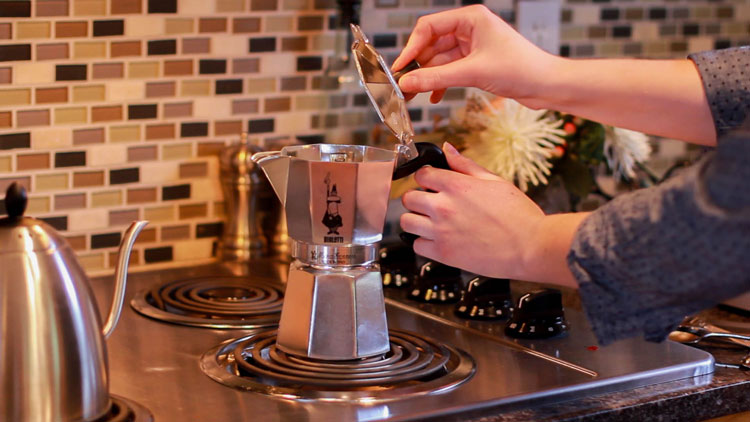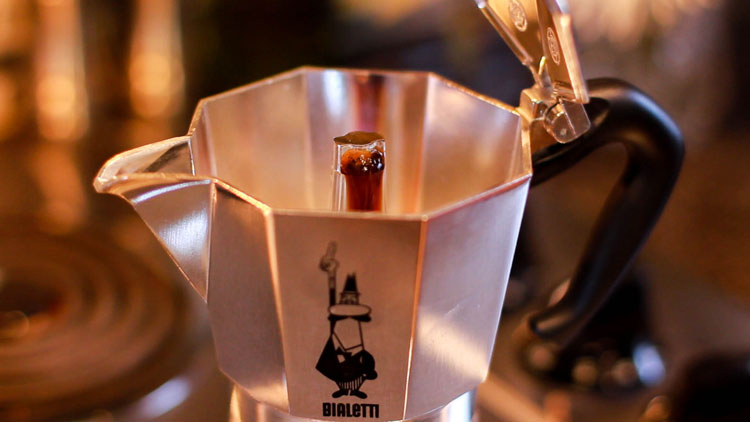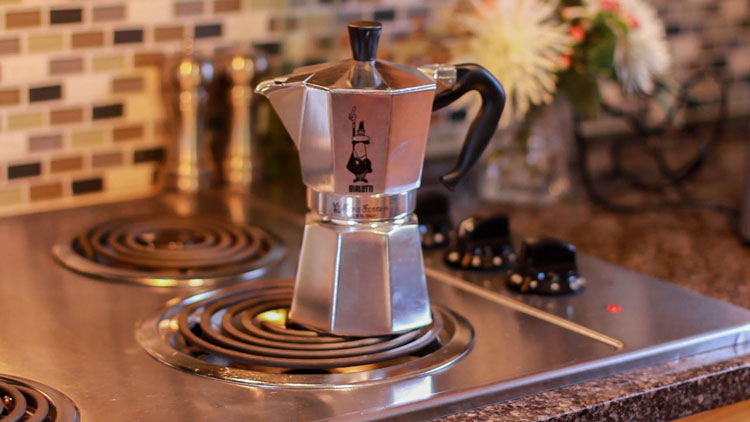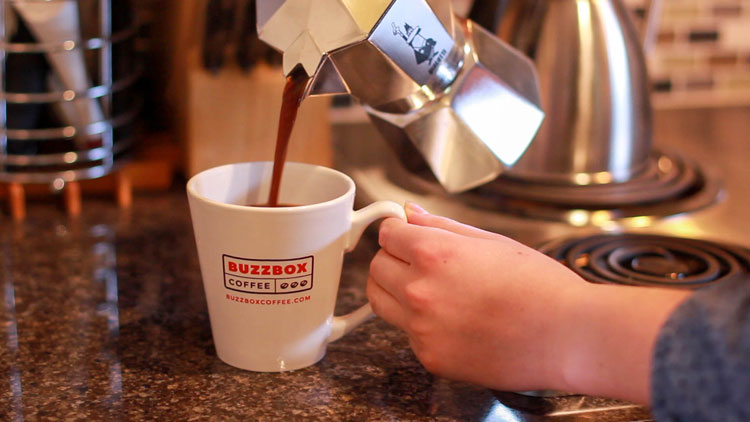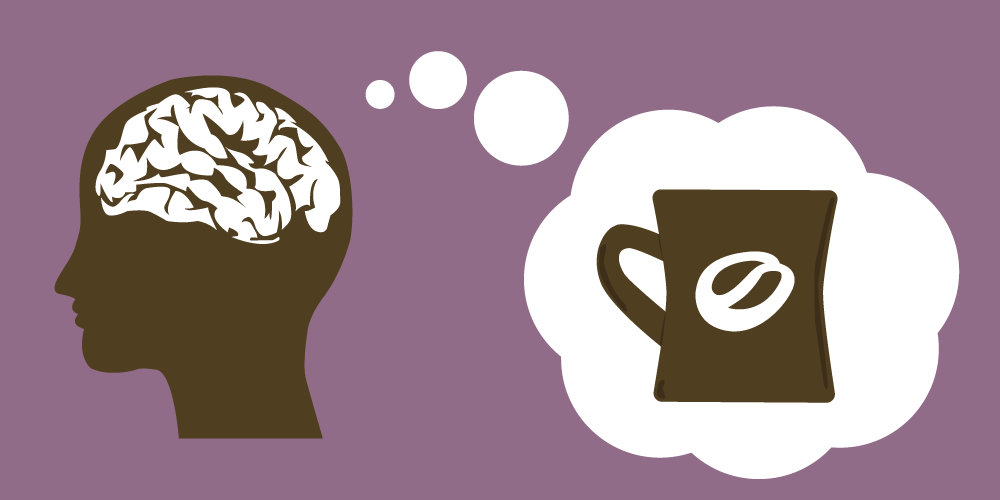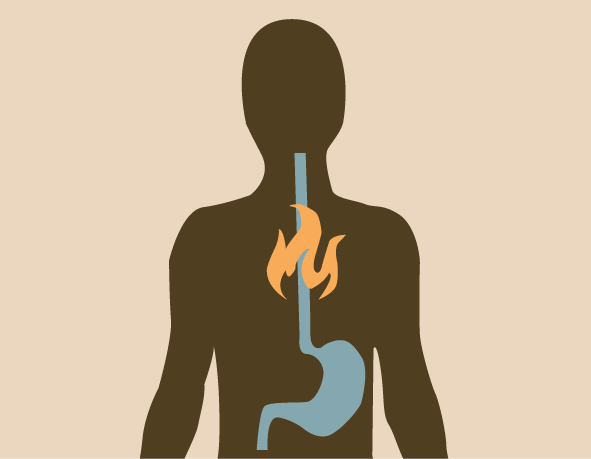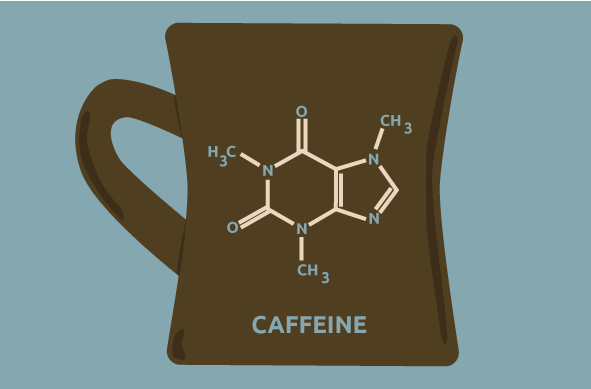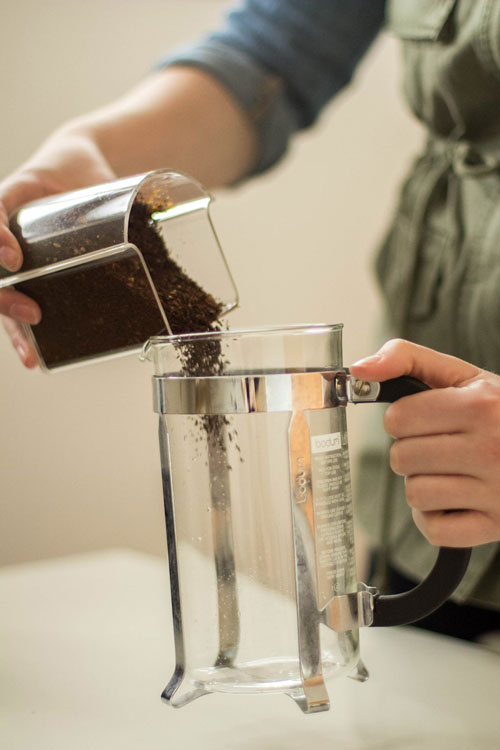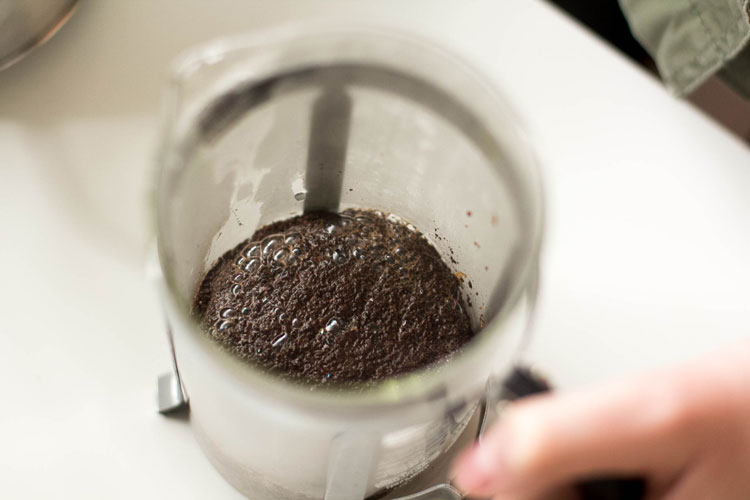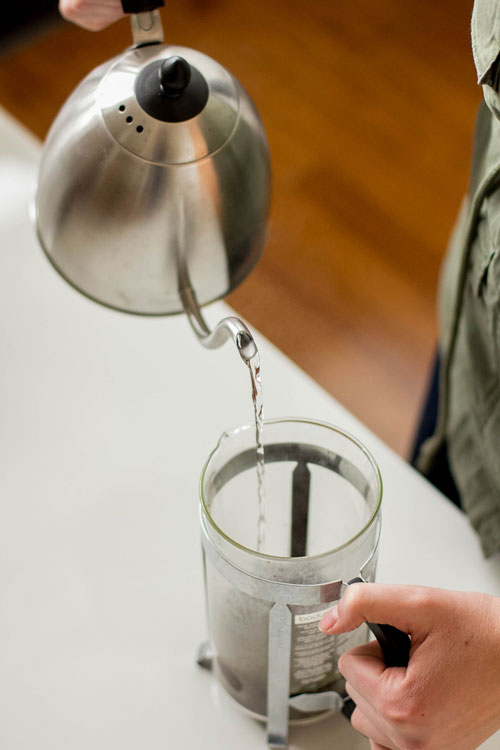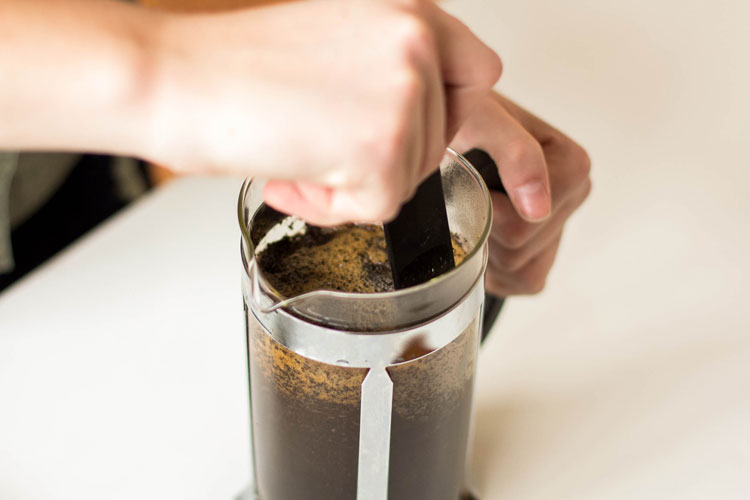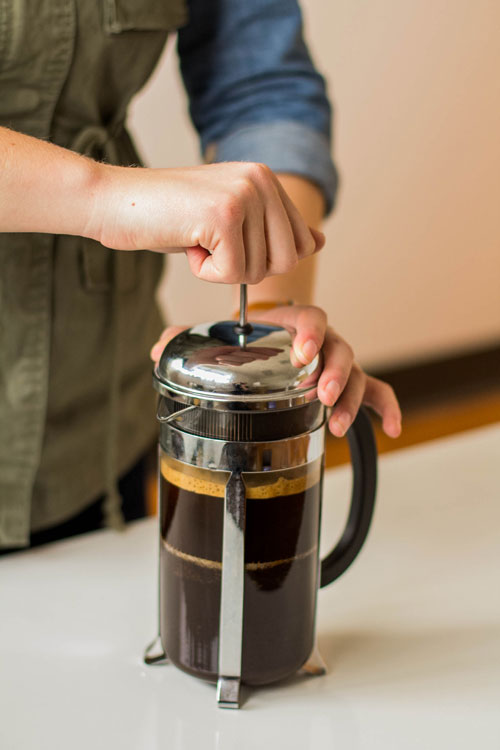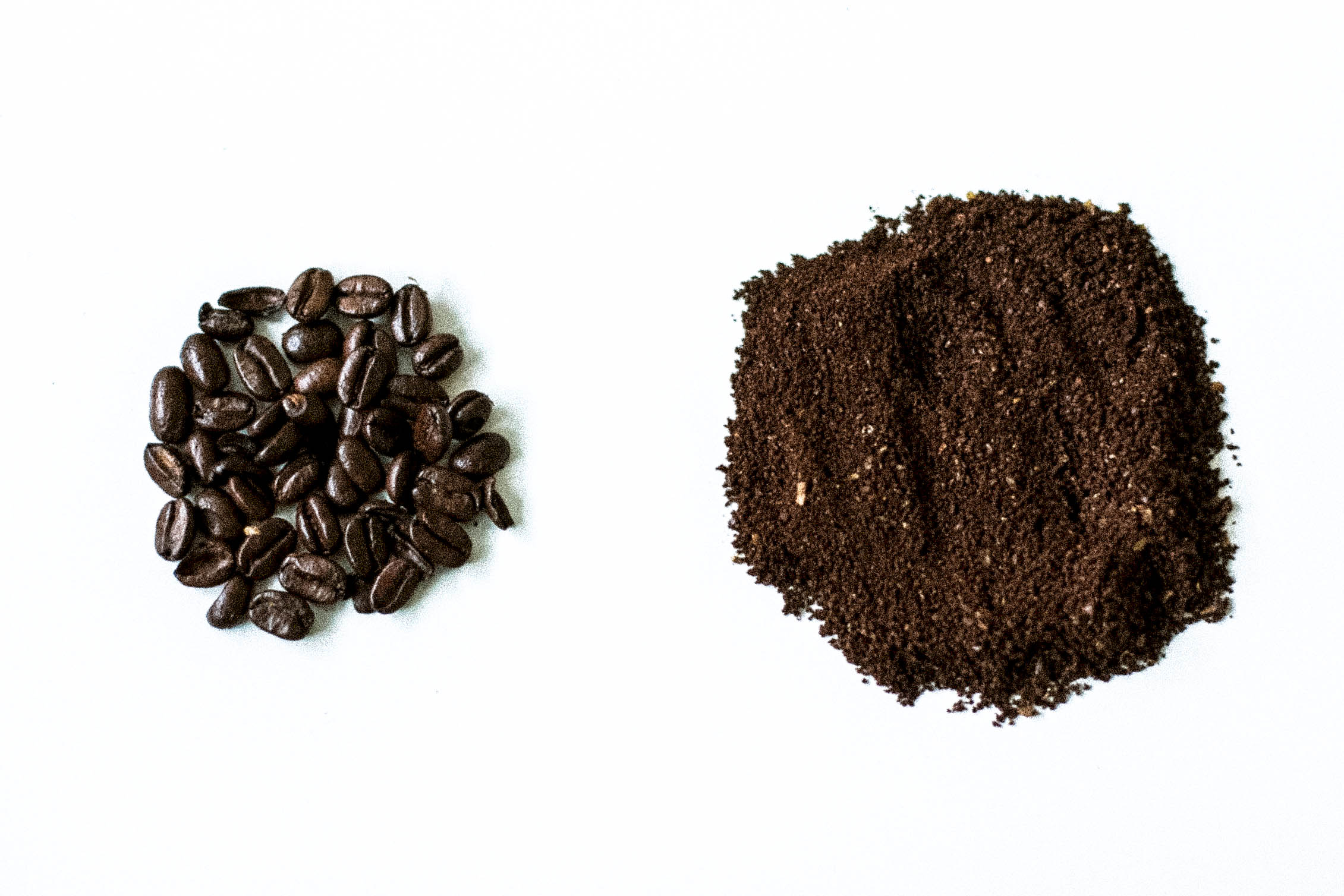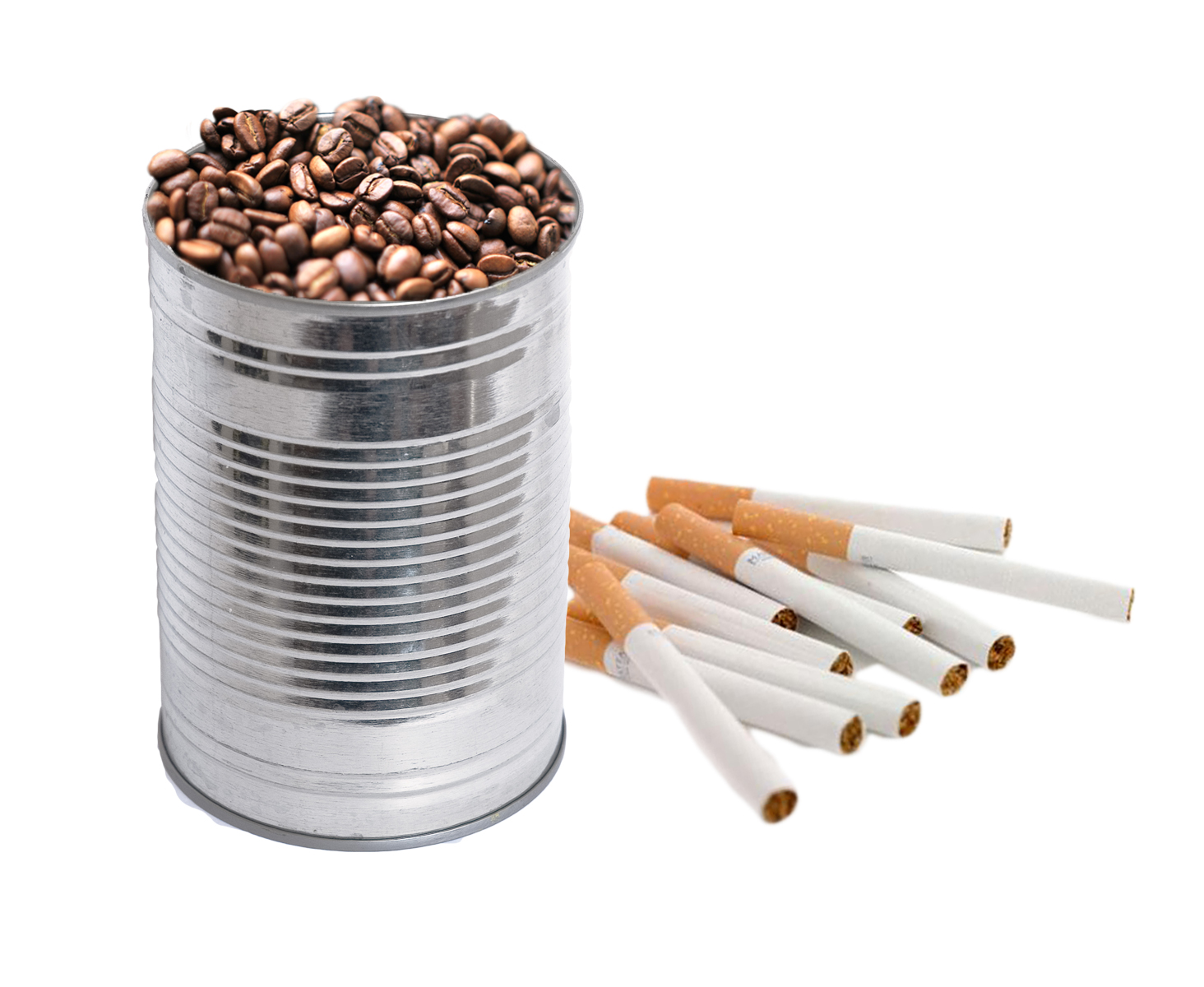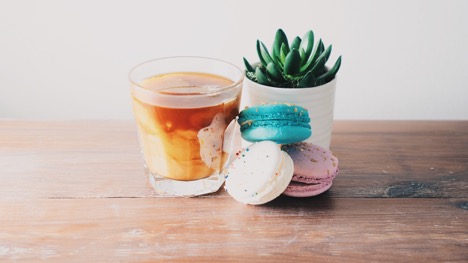
Everything You Need to Know About Making Cold Brew Coffee
Making Cold-brew coffee may finally have become mainstream, but it is far from new. Think of making cold brew coffee as the grown-up and more sophisticated version of iced coffee. Like regular hot coffee, cold brew is pretty easy to make. What keeps its popularity escalating is the number of health benefits that come with every sip. Cool, silky, and caffeinated – cold brew coffee is an awesome beverage you should totally be drinking.
Why Making Cold Brew Coffee Deserves the Attention
There are a couple of reasons why making cold brew coffee should be getting its time in the coffee shop limelight:

No More Diluted Coffee
Pouring hot coffee over ice (or even putting cubes into your steaming cup of joe) is just asking for diluted coffee. Watery coffee is sad coffee, and it makes drinking it seem almost like a chore. Making cold brew coffee requires only the water needed to steep the grounds. If you want to dilute it afterwards, that is up to you.
Lower Acidity.
Since the coffee grounds are subjected to boiling water, the chemical profile of the product is very different from what a conventional cup of hot coffee would be. The lower levels of acidity actually make cold-brewed coffee easier on the stomach. Since the acid levels are low, cold brew coffee even brings out the sweeter notes of coffee.
More Caffeine.
Now isn’t that some glorious news? Cold brew coffee has a higher bean-to-water ratio than hot brewed coffee, and since it takes longer to steep, the caffeine content is naturally higher.
A Heap of Antioxidants.
Since high temperatures are known to destroy antioxidants in almost anything, the longer coffee is exposed to high heat, the less health benefits it has. Cold brew coffee therefore has a higher concentration of several antioxidants, including chlorogenic acid. When coffee beans are roasted, a light roast will reduce the amount of chlorogenic acid in the beans by 60%. A dark roast has no chlorogenic acid left at all.
The only trade-off is that cold brew lacks the same amount of aromatic oils that a cup of hot brewed coffee has. For that reason, if you like your coffee with a kick, cold brew may take some getting used to.
Making Cold Brew Coffee Yourself
Sure, making cold brew coffee may sound like some fancy process that requires a lot of barista-based knowledge. In reality, making cold brew coffee is super easy and perfect for people who aren’t totally hyped to be up in the morning.
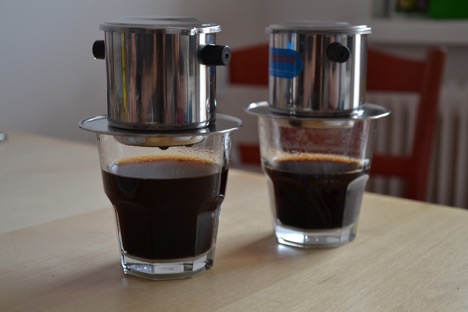
You can either choose a cold brew coffee maker or try another home method, like the ones listed below.
If you are grinding your own beans, grind the beans coarsely. You don’t want a fine grind, because that will result in cloudy unsavoury coffee.
1. The Jar and Cheesecloth
This method requires two things: a jar or bowl that is deep enough to hold enough water. The ratio between coffee grounds and water is dependent on your own personal taste. It is recommended to start your grind with a ¾ cup of ground beans and 4 cups of cold water. Should you want to make a bigger batch, you can double that to 1.5 cups of beans and 8 cups of water.
Put the grounds in the bowl with water and slide it into the refrigerator overnight. Some people do like to leave the coffee steep at room temperature for about 12 hours then add it to the refrigerator later. The choice is yours. In the morning (or after time has passed), strain the liquid through a coffee filter or cheesecloth then enjoy.
2. The French Press
If you own a 32 oz. French Press, you are going to want ¾ cup ground beans and 4 cups of cold water. Once you have the everything add to the press, put it in the refrigerator to chill overnight. Leave the plunger up. When you are ready to have your cup of cold brew coffee in the morning, push that plunger down, pour, and enjoy!
When it comes to cold-brewing your coffee, the key is not to rush it. You want to make sure the grounds have long enough to soak so that you get a satisfying and luscious cup of coffee.
Cold brewed or hot brewed coffee is delicious. But knowing how to make a cup at any temperature to savour is sure to excite any coffee addict or caffeine connoisseur. There are health benefits and a different taste profile to discover when you drink cold brew. And if you have tried making cold brew coffee before, what did you think?

